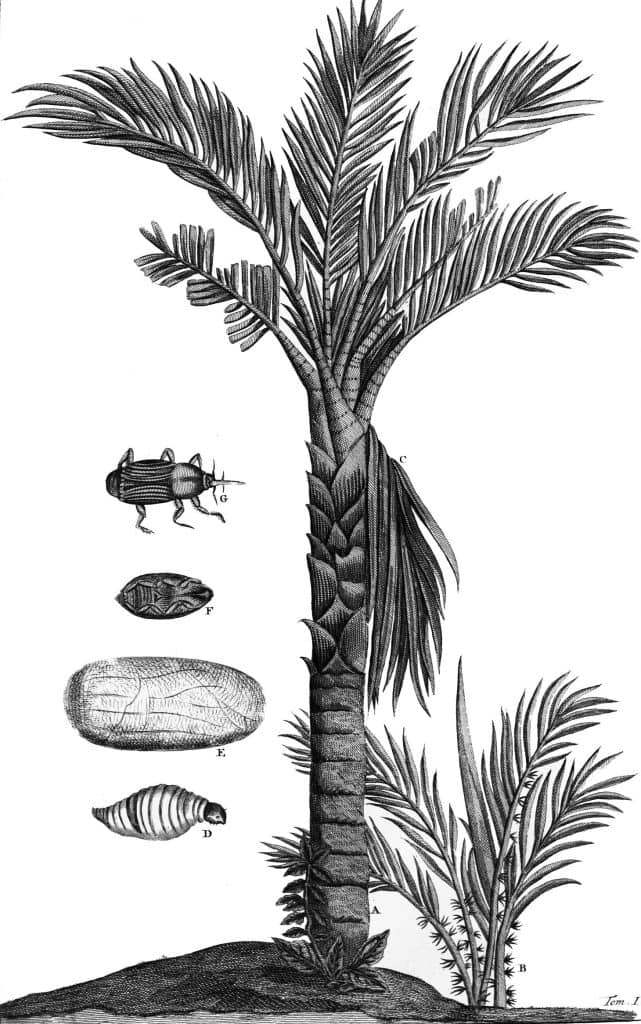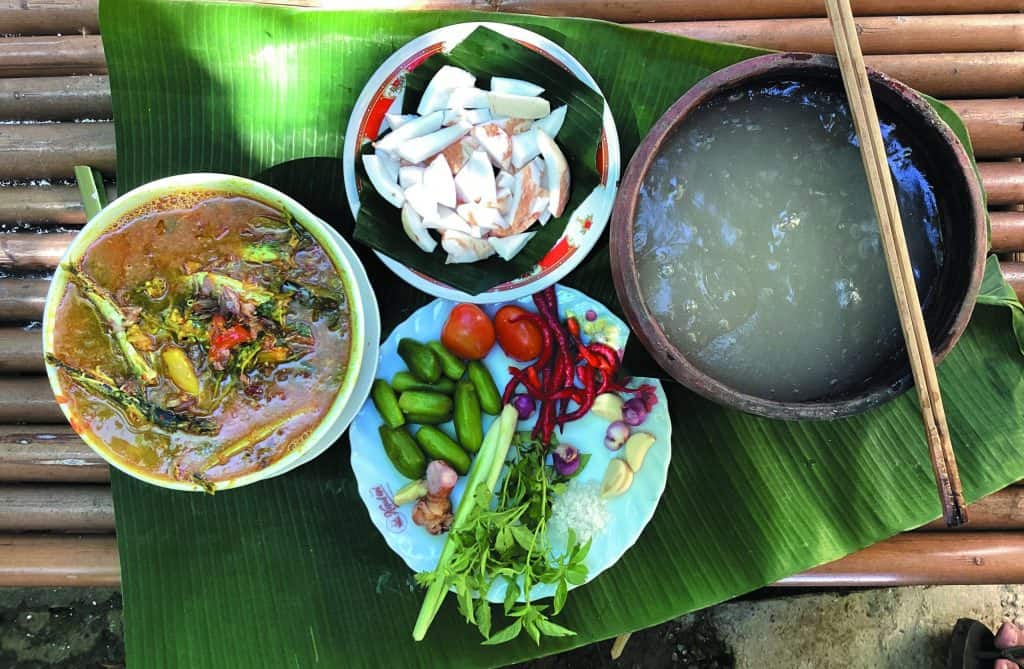



They are also used to build furniture such as multi- functional platforms or benches
(dego-dego) displayed in the Gallery. They can be used for many purpose such as
for sleeping, sitting, but also as tables for cooking, eating, for display, but also to
build rafters thanks to their floating properties.
